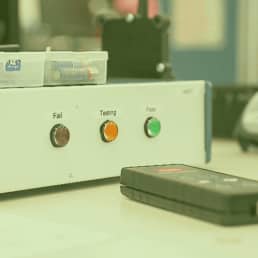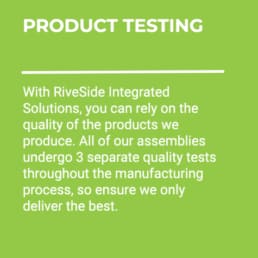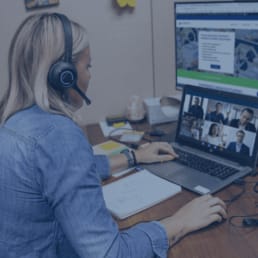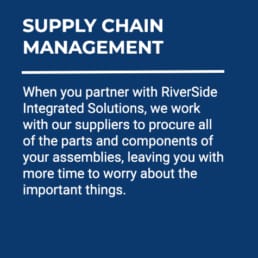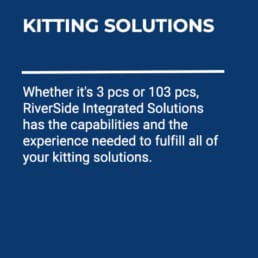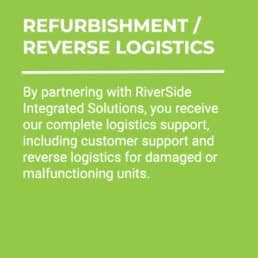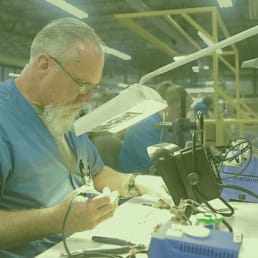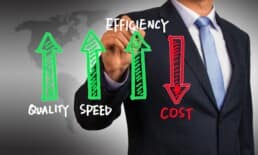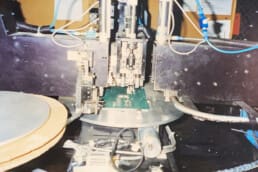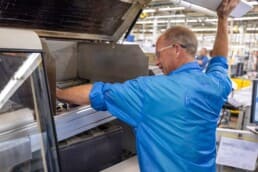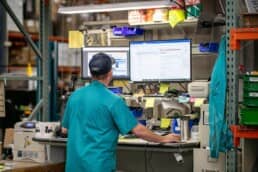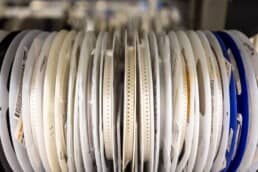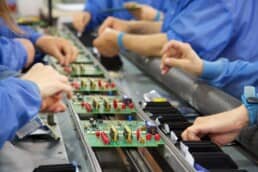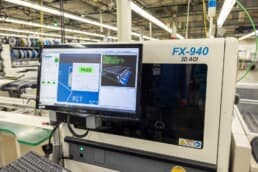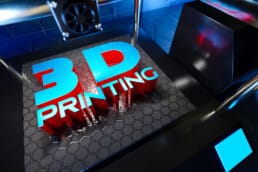When customers return a product because it’s not working correctly, it loses its value. The original equipment manufacturer (OEM) must retrieve and evaluate the defective product to understand what went wrong. This process is called reverse logistics. It’s important to have a process for customers to quickly and easily return the product. This helps reduce waste, improve production processes and make customers happier. It also allows technicians to give feedback to fix or enhance product design. Overall, having a good reverse logistics system adds value for customers. Many production processes are lengthy and complicated, with few opportunities for quality control. If the item produced fails, it can be hard to figure out what part of the process went wrong. That’s why specialized technicians handle reverse logistics. These technicians are trained to find out what went wrong and how to fix it. They use special tools and techniques to do this. Sometimes they even need to use the same equipment that made the product. But funding reverse logistics can be problematic for smaller OEMs. Many do not have the resources to handle returns. Instead, many outsource the process. This is where RiverSide Integrated Solutions (RIS) comes in. We are a contract manufacturer that helps other companies make and test products, especially electronics. We also offer several full-service options to our customers. OEMs can combine multiple services under our roof to save time and money. RIS can step in and ensure the process of returning products runs smoothly! To demonstrate, let’s look at our reverse logistics process. Many times, customers end up paying the freight for returns themselves. In an ideal situation, the customer would first call our reverse logistics facility. Then our experienced professionals can take down the information for their return in our system. We can also provide the customer with a return merchandise authorization (RMA) number. Once customer information has been collected, staff will record this information in a database. The database compares the information and comes up with possible explanations for failure. This cuts down on the amount of time staff needs to evaluate it. Once the item arrives, it is looked over by our specialized technicians. They record any problems with the product and maybe even recreate it to figure out what went wrong. For some products, they may be able to look at the product and immediately see what’s wrong. Other times, they might need to talk to the customer. This might reveal information about how they were trying to use it. Once our technicians identify the issue, they follow specific processes to ensure it doesn’t happen again. Most failures fall into one of two categories. Either the problem with the product occurred: We will fix or replace the product for free if the failure was a manufacturing mistake. If necessary, we will do our best to help the customer avoid future failures. We may explain why the product failed, how we fixed it and how to ensure it doesn’t happen again. We will also contact the OEM to adjust designs to resolve the issue for future production cycles. Alternatively, we can offer the customer a few choices when a product fails due to age or overuse. We can fix it for a fair price and within a reasonable time. If this isn’t what the customer wants, they can purchase a new product. Once the problem is resolved, we will return the product to the customer. Or, if the customer does not want the refurbished item, the OEM decides what to do with it. They might fix it, replace it, try to get some money back or throw it away altogether. Making the process of handling products easier has many benefits. It can save money, make customers happier and better utilize resources. This kind of service helps build trust and makes it easier for people to do business. It also allows OEMs to learn how to improve their products over time. All these benefits are worth more than the cost of putting the system in place. Implementing a good reverse logistics system can ultimately reduce the number of returns you receive. Looking at why a product failed leads to product improvements. This, in turn, helps reduce the number of failed units in the future. This means less money spent on fixing things and less time spent handling repairs. Ultimately, this can improve cash flow and add value to your business. It’s worth considering implementing a reverse logistics process to save time and money in the long run. And if your company can’t afford to implement these processes in-house, companies like RIS can help. When you hire us to do your manufacturing and reverse logistics, you save time and money! In most cases, even though a finished unit may have failed, it likely contains working parts. At RIS, we recover much of the cost of our reverse logistics process by reusing parts for fixes in the future. For anything that can’t be reused, we recycle or dispose of the materials responsibly. When something goes wrong with a product, OEMs must handle the return process smoothly and quickly. This can make a big difference in how customers perceive the company. Suppose a customer has a good experience returning a product. In that case, it shows that the OEM is trustworthy and cares about its customers’ satisfaction. Customers expect returns to be simple and hassle-free. Treating them well during returns can positively impact the company’s reputation. When people have a good experience, they share it with others. Remember, every interaction is important for building brand reputation! Realistically, customers return things for a myriad of reasons, not just because of product failures. But reverse logistics is important, regardless of why the product was returned. It can help identify numerous types of trends surrounding a product’s lifecycle. That’s why you want your reverse logistics and manufacturing processes paired. Monitoring these two processes in conjunction makes it easier to catch issues early on. Doing this can reduce the number of returns and make the process more efficient. At RIS, we understand how vital good reverse logistics is. That’s why we offer this service to our clients who already use our manufacturing services. We have a dedicated team that handles our reverse logistics process. They ensure everything is done smoothly without impacting the production of other products. Contact us today to learn how RIS can help you with reverse logistics. Our team of consultants can review your project and develop the right strategy for your goals. With our highly qualified team, you can be sure you’ll get great value for your reverse logistics needs. We would love to be your trusted partner!WHY COMPANIES NEED REVERSE LOGISTICS
RETURNS
INITIATING CONTACT WITH THE CUSTOMER
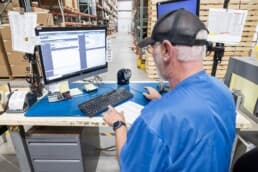
DETERMINE THE FAILURE MODE
RESPONDING TO THE FAILURE MODE
BENEFITS TO REVERSE LOGISTICS
RESOURCE UTILIZATION
RECOVERING COSTS

CUSTOMER SATISFACTION AND RETENTION
TRANSPARENCY
About RiverSide Integrated Solutions
RIS is an advanced contract manufacturer providing robust solutions in circuit board assembly and product assembly. We employ more than 350 people and provide services to OEMs worldwide. We operate two state-of-the-art manufacturing facilities within the US.
With all of the choices in contract manufacturers out there, we know it can be challenging to find someone who understands your business model and has your best intentions in mind. RIS has always proven to be a win-win-focused relationship.
As your one-stop shop, we have the capabilities, capacity, quality assurance standards and resources to support all of your manufacturing needs. We understand that supply chain management is complex and very time-consuming, so we urge our customers to utilize us in the fullest capacity.
Our total-package solutions include:
- Extensive supply-chain network
- Full box-build assembly
- Dedicated Program Team
- Warehousing, kitting and drop-shipping capabilities
- Reverse logistics
- Flexible order fulfillment
- Scalability to meet your needs
Contact us today at (507) 523-3220 to see how we can help with your manufacturing project, or click contact us for a quote.



